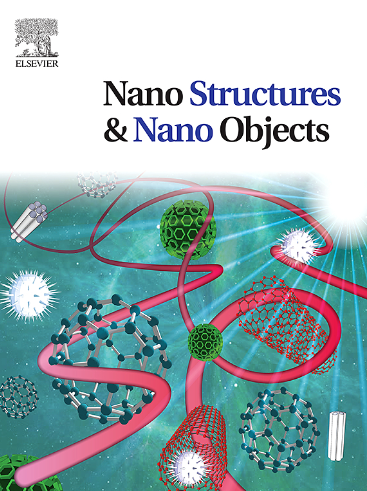在微生物燃料电池中利用源自废物的生物炭实现净零联盟的可持续方法
IF 5.45
Q1 Physics and Astronomy
引用次数: 0
摘要
对可持续能源解决方案的需求日益增长,促使废物管理和可再生能源技术相互融合。本研究深入探讨了废物衍生生物炭在微生物燃料电池(MFC)中的应用,以实现净零碳足迹,为全球可持续发展议程做出贡献。生物炭是有机废料热解过程中产生的富碳产品,本研究考察了生物炭在废物管理战略中的双重作用,以及作为 MFC 中有效电极材料的作用。生物炭的固有特性(包括孔隙率、表面积和导电性)可提高 MFC 的整体性能,增强微生物的活性(如营养保留和 pH 缓冲),并促进有效的电子传递。本综述强调了生物炭的不同来源、特性和合成技术。本综述还讨论了生物炭作为阳极和阴极在 MFC 中的应用,以及生物炭在土壤改良和生物发电中的应用。本综述还回顾了生物炭作为电极材料的经济分析和利用之间的关系。不管是合成技术还是生物炭应用,都详细讨论了其局限性和未来展望。本文章由计算机程序翻译,如有差异,请以英文原文为准。
A sustainable approach on utilization of waste-derived biochar in microbial fuel cell toward net-zero coalition
The growing need for sustainable energy solutions has led to the convergence of waste management and renewable energy technologies. This study delves into the application of waste-derived biochar in microbial fuel cells (MFC) to achieve a net-zero carbon footprint, contributing to the global sustainability agenda. Biochar, a carbon-rich product attained from the pyrolysis of organic waste materials, is examined for its dual role in waste management strategies and as an effective electrode material in MFC. The inherent characteristics of the biochar, including the porosity, surface area and conductivity, enhance the overall performance of MFCs, as well as the microbial activity such as nutrient retention and pH buffering, and promote efficient electron transfer. The current review emphasizes biochar's different sources, characteristics, and synthesis techniques. This review also discusses the application of biochar in MFC as anode and cathode, followed by its utilisation in soil amendment and bioelectricity generation. It also reviews the relationship between the economic analysis and the utilisation of biochar as electrode materials. Regardless of the synthesis techniques and biochar application, the limitations and future outlooks have also been discussed in detail.
求助全文
通过发布文献求助,成功后即可免费获取论文全文。
去求助
来源期刊

Nano-Structures & Nano-Objects
Physics and Astronomy-Condensed Matter Physics
CiteScore
9.20
自引率
0.00%
发文量
60
审稿时长
22 days
期刊介绍:
Nano-Structures & Nano-Objects is a new journal devoted to all aspects of the synthesis and the properties of this new flourishing domain. The journal is devoted to novel architectures at the nano-level with an emphasis on new synthesis and characterization methods. The journal is focused on the objects rather than on their applications. However, the research for new applications of original nano-structures & nano-objects in various fields such as nano-electronics, energy conversion, catalysis, drug delivery and nano-medicine is also welcome. The scope of Nano-Structures & Nano-Objects involves: -Metal and alloy nanoparticles with complex nanostructures such as shape control, core-shell and dumbells -Oxide nanoparticles and nanostructures, with complex oxide/metal, oxide/surface and oxide /organic interfaces -Inorganic semi-conducting nanoparticles (quantum dots) with an emphasis on new phases, structures, shapes and complexity -Nanostructures involving molecular inorganic species such as nanoparticles of coordination compounds, molecular magnets, spin transition nanoparticles etc. or organic nano-objects, in particular for molecular electronics -Nanostructured materials such as nano-MOFs and nano-zeolites -Hetero-junctions between molecules and nano-objects, between different nano-objects & nanostructures or between nano-objects & nanostructures and surfaces -Methods of characterization specific of the nano size or adapted for the nano size such as X-ray and neutron scattering, light scattering, NMR, Raman, Plasmonics, near field microscopies, various TEM and SEM techniques, magnetic studies, etc .
 求助内容:
求助内容: 应助结果提醒方式:
应助结果提醒方式:


